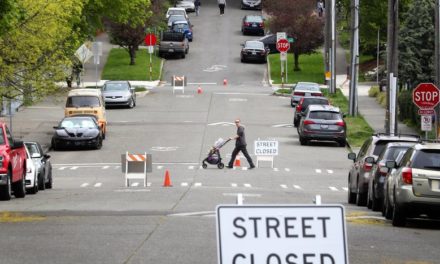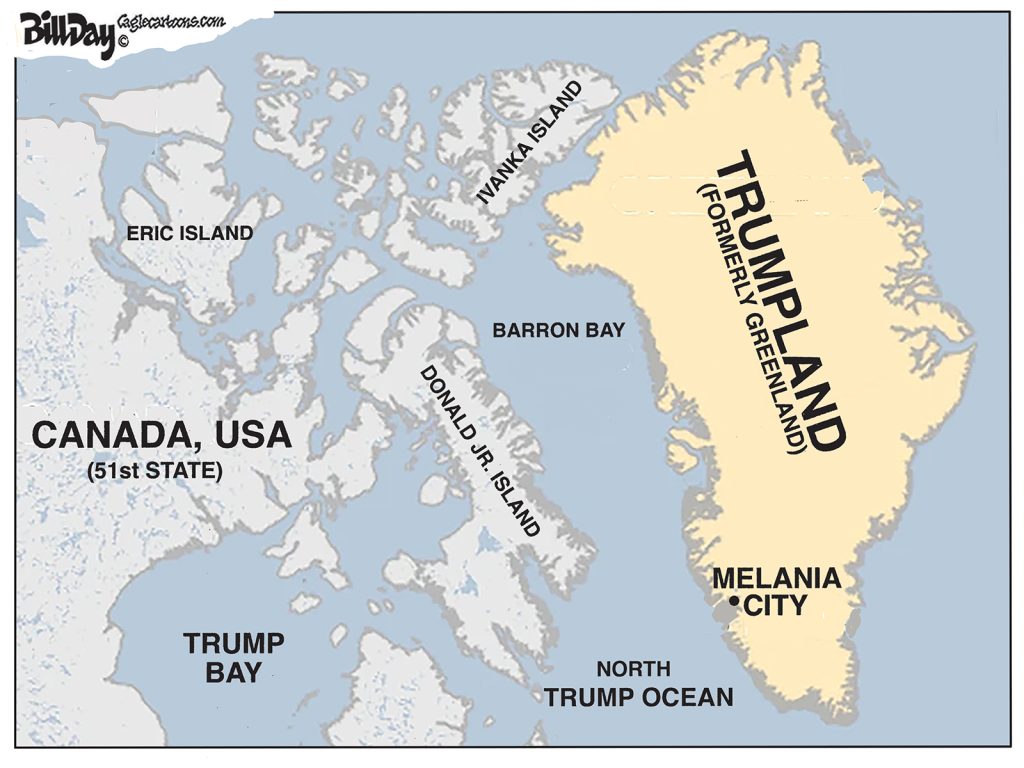From Planetizen:
by Todd Litman
In Washington State there is a proposal to tax bicycles so that bicyclists help pay for the roads they use. On the other hand, there is considerable political resistence to increasing fuel taxes to offset inflation, or to charging road tolls or parking fees to cover facility costs. These are part of a larger debate concerning what is the most equitable way to finance transportation infrastructure.
During most of the twentieth century, motor vehicle travel, and therefore fuel consumption, grew steadily so fuel tax revenue tended to increase from year to year. However, during the last decade, vehicle travel has peaked, vehicles have started to become more fuel efficient, and as a unit rather than a percentage tax, inflation reduces the value of fuel tax revenue, so real (inflation adjusted) fuel tax revenue is now declining. The portion of roadway expenses paid by user fees (special fuel and tire taxes, and road tolls) has declined in recent years, to less than half of roadway expenditures.

According to the study, Do Roads Pay For Themselves?, only about half of total roadway costs are financed by user fees.
According to the U.S. Government Transportation Financial Statistics 2012, Table 3.35, in 2009 (the most recent year reported), federal, state and local governments allocated $160 billion for roadway spending, about $533 per capita, of which about half is funded through user fees.
As a result, people who drive less than average tend to subsidize their neighbors who drive more than average. Somebody who never drives pays, on average, about $267 in annual general taxes to fund roadways. Highway cost allocation studies have estimated the roadway costs imposed by various types of vehicles. Although these studies focus on motor vehicle costs, this research indicates that these costs increase exponentially with vehicle size and weight, which indicates that cycling imposes very small costs, and since cyclists tend to travel fewer annual miles than motorists, bicyclists impose minimal roadway costs per capita.
These economic transfers are far greater if we also account for vehicle parking subsidies. A typical urban parking space has an annualized costs of $500 to $1,500, and there are an estimated two to six off-street parking spaces per motor vehicle. These costs mostly borne indirectly through rents and taxes. A typical motorist recieves hundreds or thousands of dollars in annual parking subsidies. This only accounts for infrastructure costs. Motor vehicle travel also imposes delay (called the “barrier effect“), accident risk, and air pollution and noise impacts that motor vehicles impose on pedestrians and cyclists, external costs that can be considered a subsidy to driving.
Such subsidies are unfair and inefficient. Since vehicle ownership and use tend to increase with income, they are regressive, resulting in cross-subsidies from lower- to higher-income people, and they encourage travelers to drive more than is economically optimal, which increases traffic congestion, accidents, pollution emissions and spawl.
There is a lot of hypocracy on this issue. Highway advocates argue that “diverting” fuel tax revenue to supporting other modes, such as non-motorized and public transportation, based on horizontal equity, which implies that consumers should “get what they pay for and pay for what they get.” But this principle also implies that motorists should pay all of the costs they impose, including all road and parking facilities, and other economic and environmental costs they impose on others. Highway advocates generaly ignore this point.
The root of the problem is that automobile transportation is costly – more costly in total than other modes. Motorists spend, on average, about 18% of their income on their vehicles and fuel, and about 10% of their housing costs for residential parking. This heavy cost burden makes motorists selfish; they often argue that somebody else should bear the costs of road and parking facilities in order to make driving affordable, and that no transportation funds should be “diverted” to support other modes. As a result, alternatives are underfunded: although 10-15% of urban trips are made by walking and cycling, non-motorized modes only receive 1-3% of total transportation funding, and far less if parking facility costs are also considered. A better solution than increasing subsidies for driving is to invest more in affordable modes, particularly walking and cycling facilities, in order to reduce total transport costs.




In addition, most cyclists in Memphis, for example, also have cars and pay all of the taxes associated with automobiles.